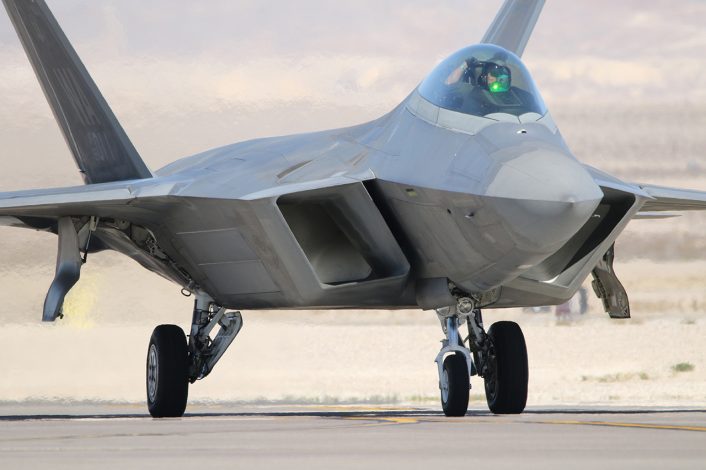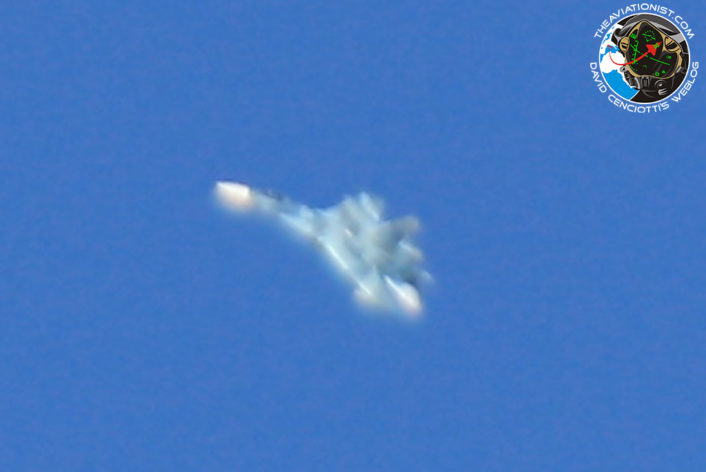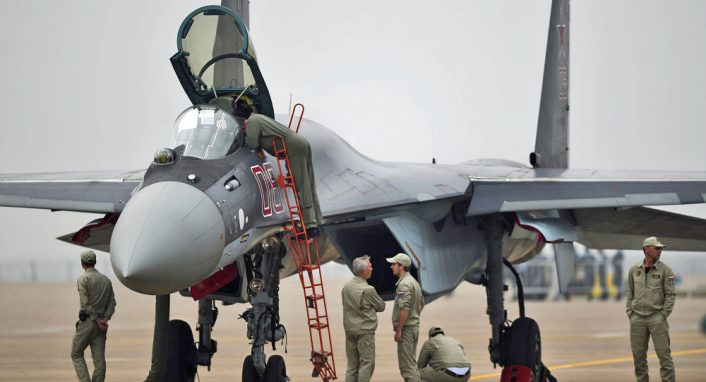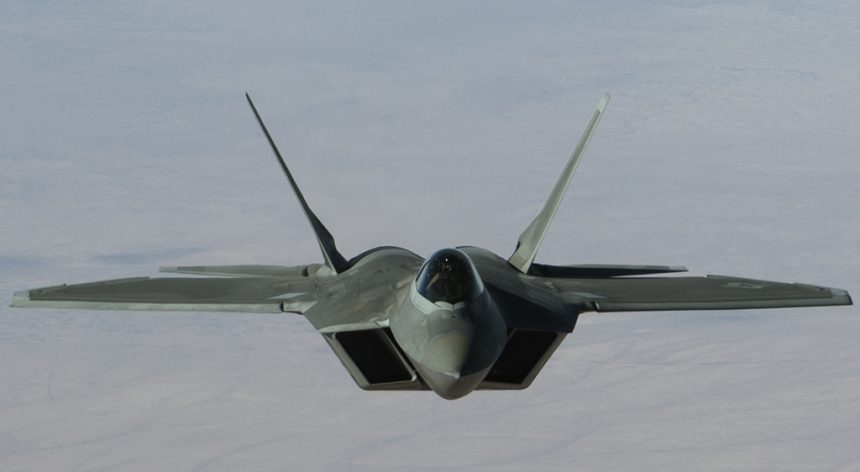Are U.S. And Russia in Last-Minute Intelligence Grab Over Syria?
International news media has been crackling with reports of intercept incidents between U.S. and Russian combat aircraft along the Middle Euphrates River Valley (MERV) de-confliction line over Syria since late November. Two incidents, one on November 23 and another two days ago on December 13, made headlines in Russia and the U.S. with differing accounts of the incidents and the reasons they happened. We reported on the first one of these incidents here.
With the war on ISIS in Syria reportedly reaching its final phase according to many analysts, especially Russian, are these last few months of Russian/U.S. close proximity operations a rare opportunity for both parties to gather a significant amount of intelligence about each other’s’ capabilities? The answer is likely “yes”.
There are reportedly about 3,000 ISIS insurgents left in the Middle Euphrates River Valley (MERV) area according to intelligence reports, and it is possible those remaining insurgents may be purposely seeking refuge in this region because of the complex de-confliction requirements between U.S. and Russian air forces. These de-confliction requirements could compromise the response times of both sides to conduct effective air strikes against ISIS due to the risks of potentially unintentional conflict.
The encounters between Russian and U.S. aircraft over Syria are not new. “We saw anywhere from six to eight incidents daily in late November, where Russian or Syrian aircraft crossed into our airspace on the east side of the Euphrates River,” Lt. Col. Damien Pickart of the U.S. Air Forces Central Command told U.S. news outlet CNN on Saturday. “It’s become increasingly tough for our pilots to discern whether Russian pilots are deliberately testing or baiting us into reacting, or if these are just honest mistakes.”
Lt. Col. Pickart went on to tell news media, “The greatest concern is that we could shoot down a Russian aircraft because its actions are seen as a threat to our air or ground forces.”
As the complex, multi-party proxy war over Syria appears to be winding down these final weeks provide what may be a last, great opportunity for a rich “intelligence grab” for both the U.S. and Russia about their newest aircraft’ capabilities when flying in controlled opposition to one another. Picture a “Red Flag” exercise where the “red air” element is actually “red”, albeit with live weapons and higher stakes.

USAF Lt. Col. Pickart’s remarks about the Russians “deliberately testing or baiting us” are indicative of a force managing interactions to collect sensor, intelligence and capability “order of battle”. This intelligence is especially relevant from the current Syrian conflict as it affords both the Russians and the U.S. with the opportunity to operate their latest combat aircraft in close proximity to gauge their real-world sensor capabilities and tactical vulnerabilities, as well as learn doctrine. It is likely the incidents occurring now over Syria, and the intelligence gleaned from them, will be poured over in detail for years to come.
For instance, we have often explained how Raptors act as “electronic warfare enabled sensor-rich multi-role aircraft” over Syria, providing escort to strike packages into and out of the target area while gathering details about the enemy systems and spreading intelligence to other “networked” assets supporting the mission to improve the overall situational awareness. In fact, the F-22 pilot leverage advanced onboard sensors, as the AESA (Active Electronically Scanned Array) radar, to collect valuable details about the enemy, performing ELINT-like missions and then sharing the “picture” with attack planes, command and control assets, as well as Airborne Early Warning aircraft.
Moreover, as we have reported, it is well known that the U.S. has operated relatively current Russian aircraft photographed in air combat simulation training in the remote desert over Nevada. But those aircraft are at least an entire generation behind the current Russian aircraft flying over Syria in the final phase of the vigorous anti-ISIS Russian air operations.

The danger of these close-quarter Russian/U.S. shadow boxing matches is that one of them could accidentally “turn hot”. Since both sides are carrying live weapons the reliance on maintaining adherence to current Rules of Engagement (ROE) on both parties is critical.
Another risk is air-to-air collision.
New York Times reporter Eric Schmidt wrote about an incident in November when, “In one instance, two Air Force A-10 attack planes flying east of the Euphrates River nearly collided head-on with a Russian Su-24 Fencer just 300 feet away — a knife’s edge when all the planes were streaking at more than 350 miles per hour. The A-10s swerved to avoid the Russian aircraft, which was supposed to fly only west of the Euphrates.”
The risks of this new-age cold war over Syria going hot are likely worth it in terms of the intelligence being collected on both sides though. It is reasonable to suggest that, with the recent media attention to the incidents, the pressure to keep this cold war from getting hot are greater than ever.
Hopefully those pressures on both the Russian and the U.S. air forces will keep this new version of the cold war from boiling over.









